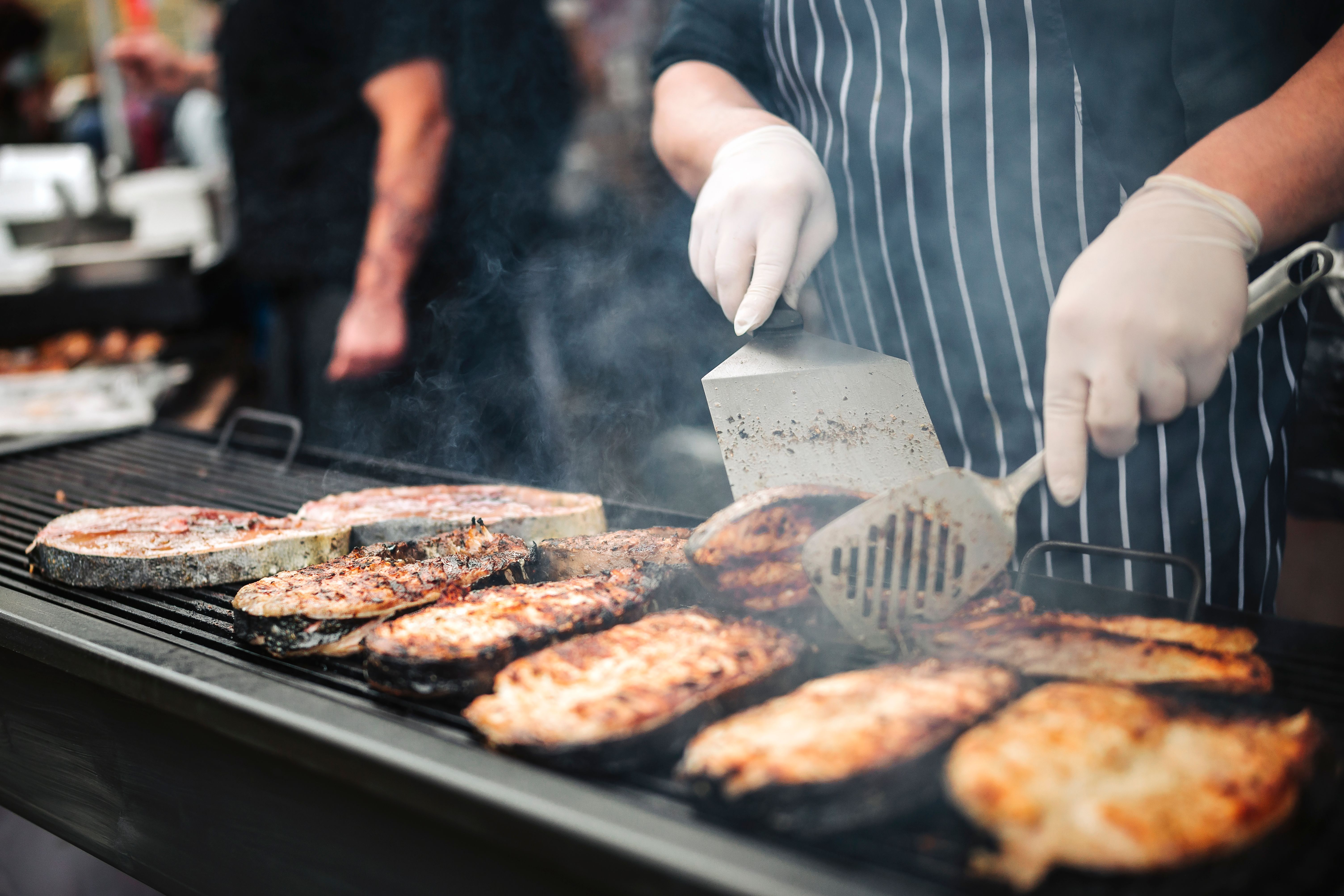Mastering the Reverse Seared Steak: Perfect Interior, Incredible Crust
Why Choose the Reverse Sear Method?
The reverse sear method has gained popularity among steak enthusiasts for its ability to deliver a *perfectly cooked interior* combined with an *incredible crust*. Unlike traditional methods that risk overcooking or unevenness, reverse searing offers precision and consistency. The secret lies in its unique process, which involves cooking the steak at a low temperature before finishing it with a high-heat sear.
This method is ideal for thicker cuts of meat. It allows you to slowly bring the steak to the desired internal temperature without the risk of burning the exterior. This ensures that you achieve a uniformly cooked steak from edge to edge, with the perfect level of doneness.

The Science Behind Reverse Searing
Reverse searing works by allowing the meat's internal temperature to rise slowly, creating a more consistent texture throughout. This gradual increase in temperature also helps break down tough proteins, resulting in a more tender steak. The initial low-temperature phase is typically done in an oven, followed by a quick, high-heat sear on a grill or skillet.
Not only does this method improve texture, but it also enhances flavor. During the final searing phase, the Maillard reaction occurs, giving your steak that coveted caramelized crust. This reaction is key to developing complex flavors and aromas that elevate your steak to gourmet status.

Steps to Mastering the Reverse Sear
Follow these steps to master the reverse seared steak:
- Select your steak: Opt for a thick cut like ribeye or New York strip, preferably at least 1.5 inches thick.
- Season generously: Use salt and pepper liberally to enhance the natural flavors.
- Preheat your oven: Set it to a low temperature, around 225°F (107°C).
- Cook in the oven: Place your steak on a wire rack over a baking sheet and cook until it reaches about 10-15°F below your target doneness.
- Rest and sear: Allow your steak to rest for a few minutes, then sear it on high heat for about 1-2 minutes per side.
Tips for Perfect Execution
For an even more successful reverse sear, consider these tips:
- Use a meat thermometer: This tool is crucial for monitoring internal temperature and achieving precise doneness.
- Let it rest: After searing, always let your steak rest for about five minutes. This helps redistribute juices, keeping it moist and flavorful.
- Experiment with flavors: Try adding herbs, garlic, or butter during the final sear for added depth.
A Culinary Adventure Awaits
The reverse sear method offers an exciting culinary adventure that is both satisfying and rewarding. As you master this technique, you'll find that the quality of your steaks will rival those of high-end steakhouses. The combination of a perfectly cooked center with a mouthwatering crust is sure to impress family and friends alike.
Whether you are a seasoned cook or just starting your culinary journey, reverse searing is a valuable technique to add to your repertoire. With practice and attention to detail, you can consistently produce steaks that are tender, juicy, and bursting with flavor. So next time you're planning a special meal, consider trying the reverse sear method and enjoy the delectable results!
